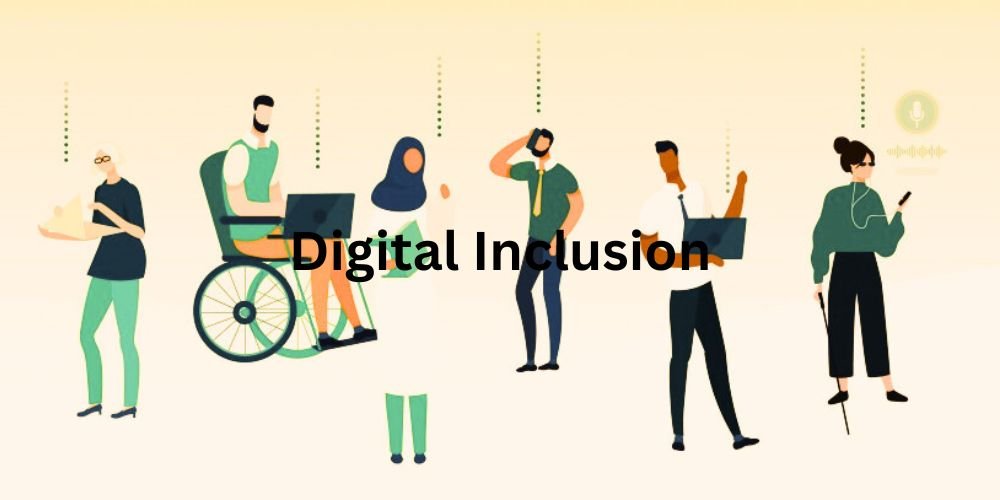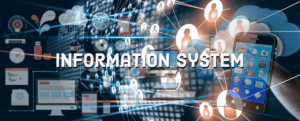Digital inclusion has become a fundamental aspect of modern society, shaping access to information, opportunities, and participation in various aspects of life. This in-depth analysis explores the significance of digital inclusion, its impact on individuals and communities, the challenges in achieving widespread access, and the transformative potential it holds in creating a more equitable and connected world.
Significance of Digital Inclusion
Digital inclusion holds immense significance due to several key factors:
- Access to Information: Digital inclusion ensures that individuals have equal access to information, knowledge, and educational resources available on the Internet.
- Economic Opportunities: In an increasingly digital economy, access to technology is linked to employment opportunities, entrepreneurship, and economic empowerment.
- Social Connectivity: It facilitates social connectivity, enabling someone to stay connected with friends, family, and broader communities.
Impact on Individuals and Communities
Digital inclusion has a profound impact on diverse individuals and communities:
- Education: It supports educational initiatives by providing students with online learning resources, virtual classrooms, and opportunities for skill development.
- Economic Empowerment: Access to digital tools empowers individuals to participate in the digital economy, fostering financial independence and entrepreneurship.
- Healthcare Access: Telehealth services and online health resources enhance healthcare access, especially for those in remote or underserved areas.
Challenges in Achieving Digital Inclusion
Despite its significance, achieving digital inclusion faces several challenges:
- Infrastructure Disparities: Unequal distribution of Internet infrastructure creates digital divides between urban and rural areas and developed and developing regions.
- Affordability: The cost of devices and internet connectivity can be a barrier for individuals with limited financial resources.
- Digital Literacy: Lack of digital literacy skills hinders the effective use of technology, particularly among older adults and marginalized communities.
Strategies for Achieving Digital Inclusion
Addressing digital inclusion requires a multifaceted approach:
- Infrastructure Investments: Governments and organizations must invest in expanding and improving internet infrastructure to reach underserved areas.
- Affordable Connectivity Programs: Implementing programs that provide subsidized or free internet access and affordable devices to low-income individuals.
- Digital Literacy Initiatives: Promoting digital literacy through educational programs that teach basic computer skills, online safety, and effective internet usage.
Technological Innovations for Inclusion
Innovations in technology contribute to digital inclusion:
- Mobile Technology: Mobile devices provide a cost-effective and accessible means of connecting individuals in remote or economically disadvantaged areas.
- Community Wi-Fi Initiatives: Localized community Wi-Fi projects help extend internet access to areas with limited connectivity.
- Inclusive Design: Technology developers should prioritize inclusive design, ensuring that digital tools are accessible to individuals with varying abilities.
The Future of Digital Inclusion
Ongoing efforts and emerging trends shape the future of digital inclusion:
- 5G Technology: The widespread adoption of 5G technology has the potential to enhance internet connectivity, especially in remote areas significantly.
- Global Collaboration: International collaboration is essential to address global disparities and work towards universal digital inclusion.
- Continued Education: Ongoing educational initiatives will be crucial to keep pace with technological advancements and ensure that individuals are equipped with the necessary digital skills.
Conclusion
Digital inclusion is not merely a matter of technological access; it is a cornerstone of social equity, economic development, and global connectivity. As we navigate the challenges and opportunities presented by the digital age, prioritizing efforts to bridge the digital divide becomes imperative. By investing in infrastructure, promoting affordability, fostering digital literacy, and embracing inclusive design, we can collectively build a future where everyone has equal access to the benefits of the digital world, contributing to a more just and connected global society.












